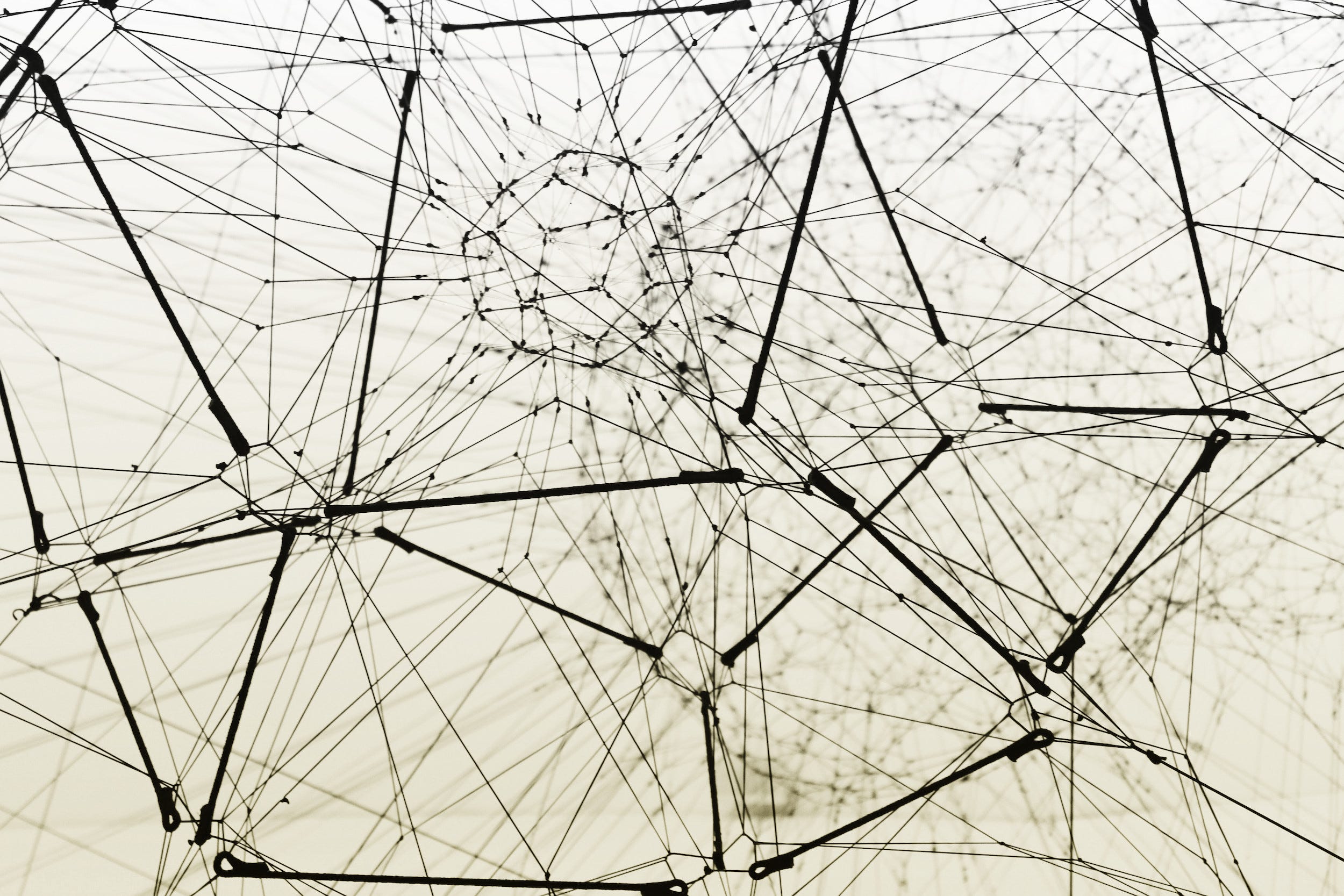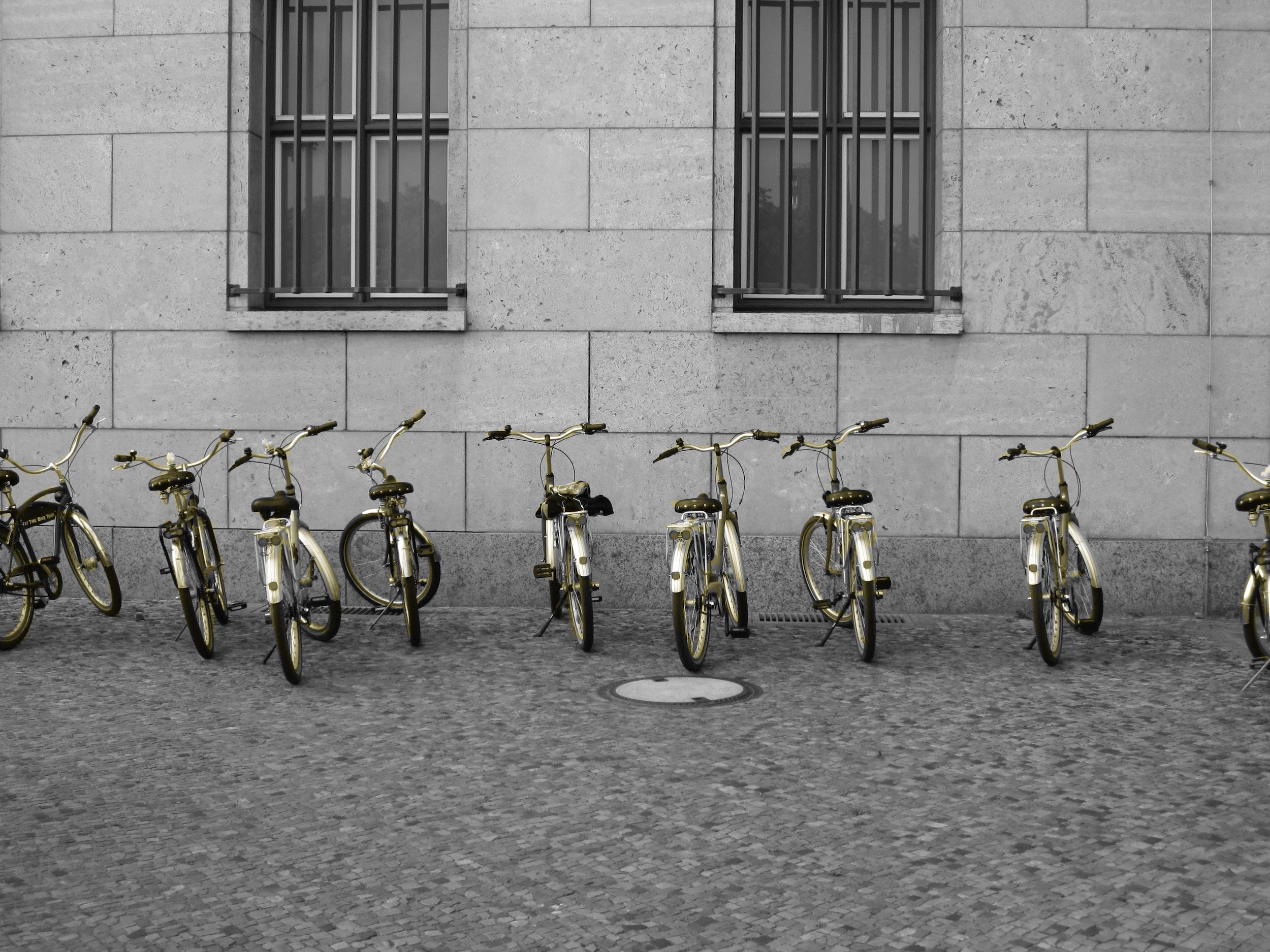In my article on lessons from my first deep learning hackathon, I introduced heatmaps. I mentioned that they highlight the regions in an image that the CNN focuses on while trying to make a prediction, and that it would be interesting to learn how they’re generated. Well, I finally know how. Let’s first go back and see what they look like.
Category: Articles
Image Compression Using Different Machine Learning Techniques
ArticlesIn this post, we’re going to investigate the field of image compression and it’s applications in real world. We’ll explore various machine and deep learning techniques for image compression and inspect their pros and cons, and their practical feasibility in real-world scenarios.
So let’s get started!
Image compression refer to reducing the dimensions, pixels, or color components of an image so as to reduce the cost of storing or performing operations on them. Some image compression techniques also identify the most significant components of an image and discard the rest, resulting in data compression as well.
Continue reading Image Compression Using Different Machine Learning Techniques
Getting Started with Google Colab Notebooks
ArticlesGoogle Colab is a cloud-based service that allows the execution of Python code and includes the ability to use and install new libraries. Put simply, you can leverage Google Colab to create a Jupyter Notebook and execute Python code using either a CPU or a free GPU.
Continue reading Getting Started with Google Colab Notebooks
Image Manipulation for Machine Learning in R
ArticlesRecently, there has been a huge rise in the implementation of artificial intelligence solutions, with new deep learning architectures being built and deployed across various industries. This rise could be attributed to two important factors:
Deep learning works primarily because of the vast amount of input data on which the deep neural net is trained. Hence, having a good labeled training dataset marks the first step in developing a highly accurate AI solution.
Continue reading Image Manipulation for Machine Learning in R
Image Segmentation with Transfer Learning [PyTorch]
ArticlesNeural network implementation became a lot easier since the advent of transfer learning in accessible libraries. So much so that deep learning code that previously required hours to write can be written today in just 2 lines — No kidding !
Let me demonstrate what transfer learning is through the most basic example — our daily lives.
Remember when you last purchased a new phone — and didn’t even have to spend a day learning how it works ? As humans, we learn based on previous experiences. When we transitioned to our second smartphone, we already had mental and behavioral models to bring us up-to-date with the new device. This is what is known as transfer learning in the domains of data science and machine learning . So, what is this transfer learning we practice so much and know so little about?
Continue reading Image Segmentation with Transfer Learning [PyTorch]
Federated Learning: A Practical Guide to Decentralised Machine Learning
ArticlesThere are over 5 billion mobile device users all over the world. These users generate massive amounts of data—through cameras, microphones, and sensors like accelerometers—which can be leveraged for building intelligent applications.
So, what is federated learning?
Federated learning is a method for training AI models directly on users’ devices, without moving the raw data to a central server.
The model learns locally, sends only updates back to the cloud, and keeps your personal data private.
Traditionally, data is collected in centralised data centres to train machine learning and deep learning models.
Continue reading “Federated Learning: A Practical Guide to Decentralised Machine Learning”
Increasing performance in an Android application
ArticlesPerformance is the most important parameter in a mobile application—if it’s slow and/or buggy, then on the whole, it’s likely to be rejected by users. Then there’s a competitive factor. The better your app performs, the better the chances are for your app in the market.
Personally, I’d spend a couple of extra dollars for significantly better performance. Someone wise once said time is money, so let’s cut to the chase and look at how developers can optimize performance on Android.
Continue reading Increasing performance in an Android application
Introduction to basic object detection algorithms
ArticlesObject detection is a technology related to computer vision and image processing that deals with detecting and locating instances of semantic objects of a certain class (such as humans, buildings, or cars) in digital images and videos.
In this post, we’ll briefly discuss feature descriptors, and specifically Histogram of Oriented Gradients (HOG). We’ll also provide an overview of deep learning approaches to about object detection, including Region-based Convolutional Neural Networks (RCNN) and YOLO(you only look once).
Continue reading Introduction to basic object detection algorithms
Implementing ordinary least squares (OLS) using Statsmodels in Python
ArticlesAre you looking for a computationally cheap, easy-to-explain linear estimator that’s based on simple mathematics? Look no further than OLS!
OLS stands for ordinary least squares. OLS is heavily used in econometrics—a branch of economics where statistical methods are used to find the insights in economic data.
As we know, the simplest linear regression algorithm assumes that the relationship between an independent variable (x) and dependent variable (y) is of the following form: y = mx + c, which is the equation of a line.
Continue reading Implementing ordinary least squares (OLS) using Statsmodels in Python
How to Use the Pinch to Zoom Gesture in React Native Apps
ArticlesThe open-source library react-native-gesture-handler is a great way to add gestures to cross-platform React Native apps. Two of the main reasons I find the library useful are because it uses native support to handle gestures, and it performs better on each native platform than React Native’s built-in touch system Gesture Responder system.
Continue reading How to Use the Pinch to Zoom Gesture in React Native Apps








